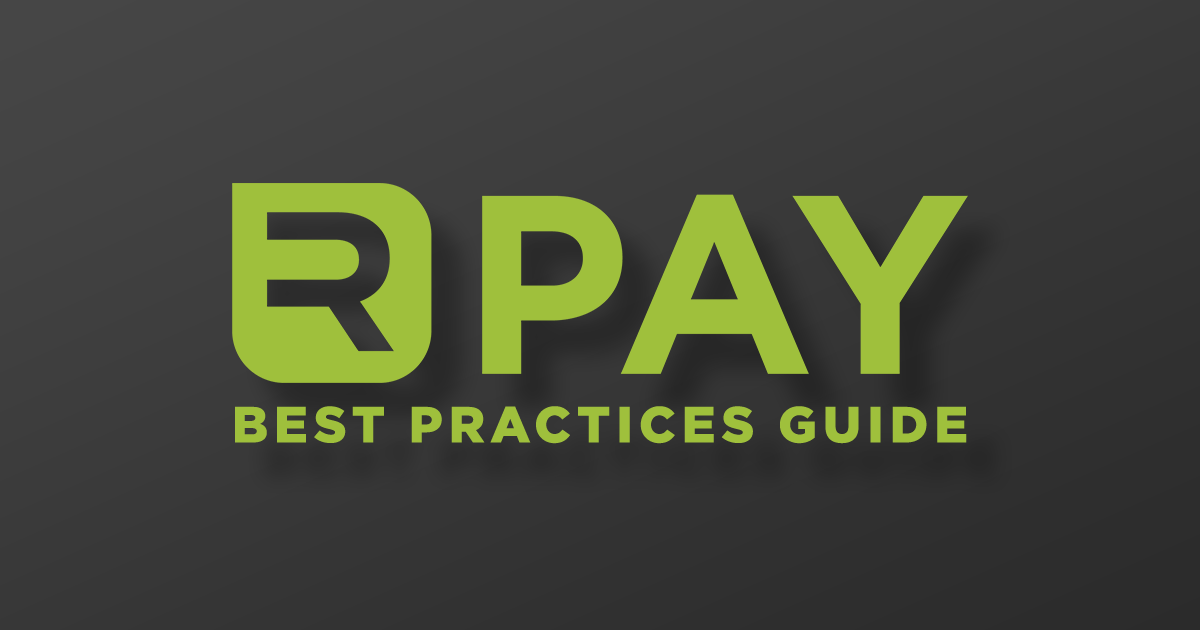You’ve adopted RealTime-PAY because your subjects and their experience are your main priority. Our system has helped your site reimburse patients for their time and travel with innovative technologies such as direct deposit and an online portal.
Consequently, YOU are our main priority. Our team of experts works night and day to provide you with the best tools to help you run your studies smoothly. That’s why we’ve compiled a guide of best practices your site can use when introducing the PAY portal and system to your patients. This will ensure your patients get all the information they need to get started with PAY while keeping their personal information secure.
MORE: Prioritize your subject’s experience
Do’s and Don’ts when setting up RealTime-PAY
DON’Ts
- Don’t – Write down or document any information such as PIN NUMBERS, PASSWORD, and SECURITY QUESTIONS. We understand that having this information might help you assist your patient, especially if they are not familiarized with the online portal or have trouble remembering their security information.
However, if there is any type of fraud on the account, your site might be liable. Information such as the ones stated above should only be known by the account holder. - Don’t – As a coordinator, you may want to assist your patient by calling Cardholder Services on their behalf but since they may be dealing with sensitive information such as PIN NUMBERS, PASSWORD, and SECURITY QUESTIONS, we recommend for you to refer them to the online portal or to a cardholder service representative.If your patient has questions about the usage of the card, card balance, PIN number, report a lost or stolen card or need general support, referred them to Cardholder Services.
North America: +1 (877) 546-8220
Worldwide: +1 (604) 638-6657 - Don’t – As mentioned before, the Cardholder Services call center is here to assist cardholders with inquiries about their account. If you have any questions about the portal or how RealTime-PAY can help your site, please call RealTime-PAY customer support at (210) 852-4310.
DO’s
- Do – When setting up a new card for a patient:
- Always verify the spelling of the patient’s name, DOB, address, email, and phone number before assigning a RT-PAY card. All this information is pushed to the card during account creation.
- Always assign the cards in RealTime before you hand over the card to the patient. This is important to ensure the correct cards are given to the assigned patient.
- No special characters are allowed in the name field when assigning a card, for example, “Niki” or (Niki).
- If you receive an error message when assigning a card, check the DOB first. Cards cannot be assigned to anyone under the age of 14.
- Do – Take the time to educate your patient about the capabilities of the PAY system and provide them with the resources to ask for help in case it is needed.
The easiest way to make changes to the account is through the online portal but if further assistance is needed, refer them to Cardholder Services. - Do – When explaining how to set up a PIN number, print out a list of steps for the patient so they can take notes while you go through the process with them. If necessary, sit with the patient through the whole set-up process but clarify that all the information needed is to be for their knowledge only.
- Do – Share the following tips with your patients:
- Memorize your PIN; don’t carry it in a wallet or write it on the card.
- Enter your PIN so others cannot see it. Do not share your PIN with anyone.
- If the terminal appears to be modified or suspicious, do not enter your PIN.
- Notify the Issuer immediately if a PIN change took place without your request.
- When purchasing gasoline, pay for gas inside the station.
Gas stations may place a hold up to $125.00 on your card balance when paying at the pump,
regardless of the amount you pump. This hold may take up to 7 days to release to your balance. - When making purchases at restaurants hotels, gas stations, car rental agencies, cruise lines, mail order, and telecommunication companies, keep in mind that they may increase the purchase authorization request or place a “hold” on your card’s available balance to accommodate for potential card overdrafts.
- Notify the Issuer immediately if a PIN change took place without your request.
Following the previous best practices will help you keep your subjects happy and their information safe.
Key Takeaways:
- Never write down any sensitive information such as PIN NUMBERS, PASSWORD, and SECURITY QUESTIONS.
- Take your time going over the PIN setup steps with your patient and if necessary, print a list of steps for them to follow when explaining the process.
- Review all the TIPS on using the card with your patient.
- Referred them to Cardholder services if they have any questions or issues with the usage of the card, card balance, PIN number, report a lost or stolen card or need general support.
If you have any questions about RealTime-PAY call one of our experts at (210) 852-4310.
To download the infographics click the link under the image and click “save” or send us an email to rtpay@realtime-ctms.com.

PIN Number Tips Security Measures DOs and DON’Ts for sites only



